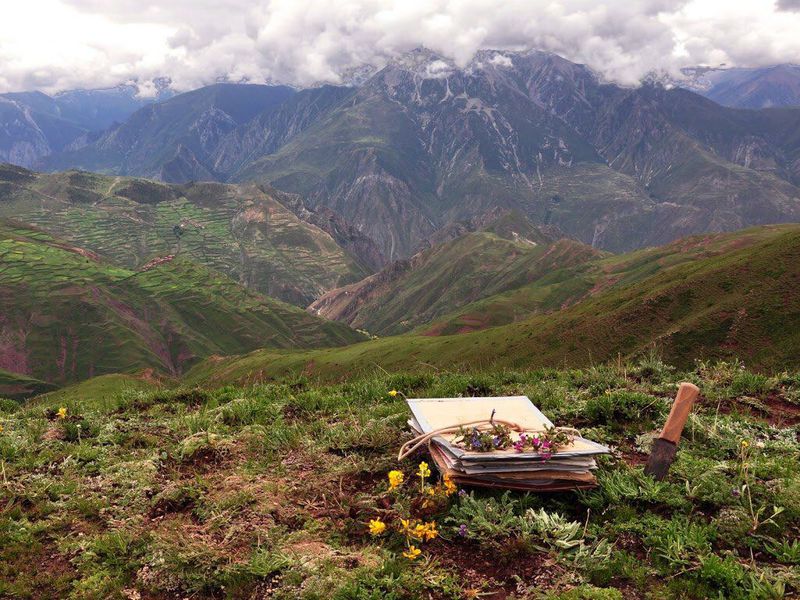China’s Hengduan Mountain range boasts one of the most biodiverse plant communities in the world. More than 3,000 kinds of plants—one-third of all plant species in China—thrive in meadows on picturesque slopes above the tree line, including a stunning array of rhododendrons and delphiniums.
This biodiversity hotspot is also the oldest alpine plant system in the world, according to a new study published last week in Science.
“Our historical reconstructions indicate that an alpine flora had emerged in the [Tibet-Himalaya-Hengduan] region by the early Oligocene. This is much earlier than estimated origins of other extant alpine floras,” says co-author Yao-Wu Xing in a Chinese Academy of Sciences statement. Scientists from the Field Museum in Chicago, the Xishuangbanna Tropical Botanical Garden in China and the Chinese Academy of Sciences contributed to the study.
As Erik Stokstad reports for Science magazine, scientists have long debated the geological origins of the Hengduan mountain range, which sit in the southwestern part of China next to the Tibetan Plateau. Recent research suggested that the mountains formed about 30 millions years ago, Stokstad reports. This study, in turn, suggests that the diverse plant communities have been evolving on the mountain range’s slopes since they formed.
Researchers were able to pinpoint major ecological and geographical changes that occasioned the development of new species over the years. As Brooks Hays reports for United Press International (UPI), the Hengdan Mountains have been a “highly dynamic” habitat in the last 30 million years, which encouraged speciation: for instance, when monsoons intensified in the region 15 millions years ago, they eroded the landscape and carved it into new configurations, creating new habitats and therefore opportunities for new species to evolve.
Similarly, when new mountain chains lifted some 17 to 19 million years ago, they isolated plant species from one another and allowed for divergent evolution of new species.
“This paper addresses the fundamental question of why there are so many species in some parts of the world and not others,” says Rick Ree, study co-author and curator of flowering plants at Chicago’s Field Museum, in a statement. “The formation of this very species-rich community was fueled by ancient mountain-building and then subsequent effects of the monsoon. The biodiversity that we see today has been profoundly shaped by geology and climate.”
“The combined effect of mountain-building and monsoons was like pouring jet fuel onto this flame of species origination,” continues Ree.
Researchers say that their study of the Hengduan’s ancient history could help scientists understand how climate change will impact the region in the coming years. As Pam Soltis of the Florida Museum of Natural History, who was not involved in the study, tells Science: “If we can understand how species and communities responded in the past, we might have a better handle on how fragile they may be over the next century.”
URL:https://www.smithsonianmag.com/smart-news/how-ancient-monsoons-and-tectonic-shifts-shaped-flowering-mountain-hotspot-180975464/

